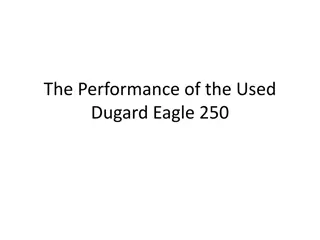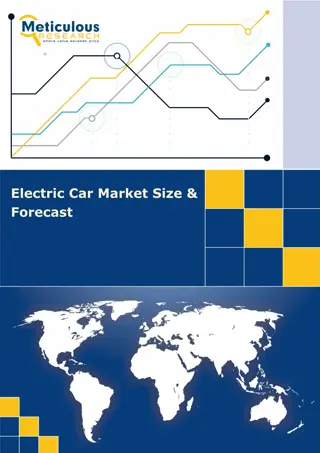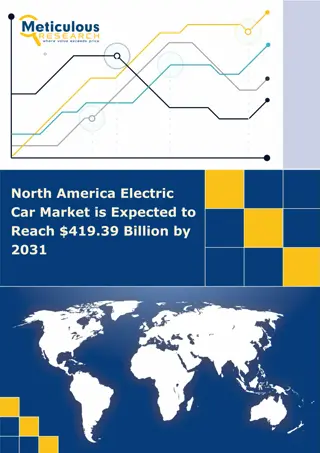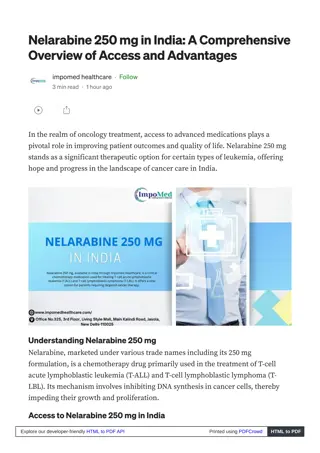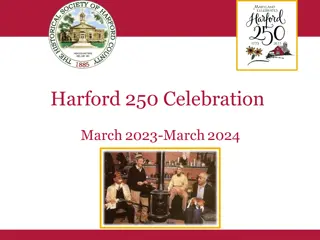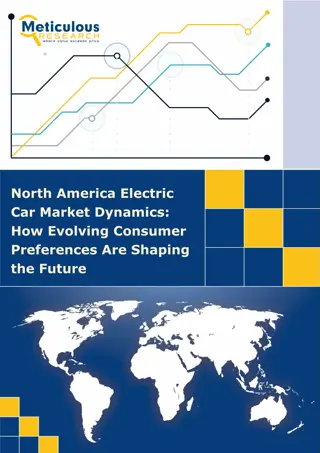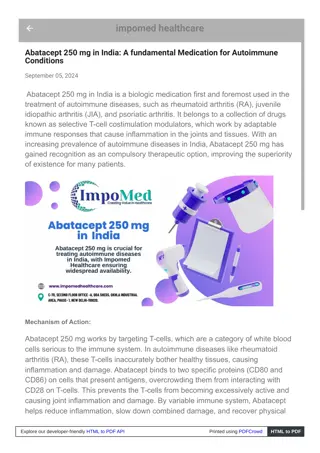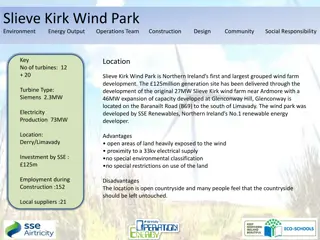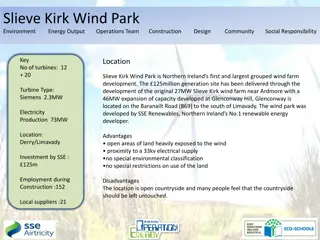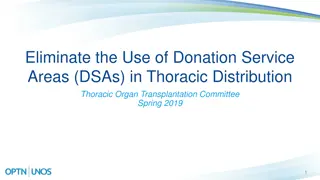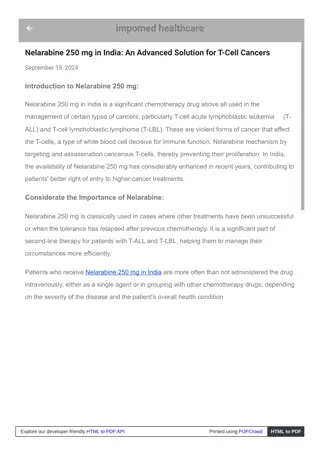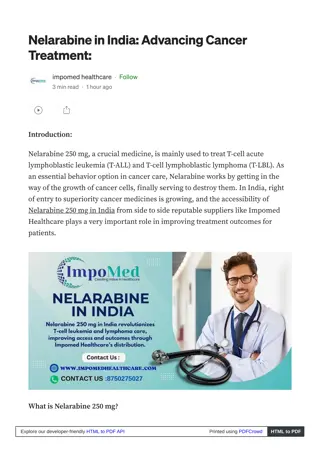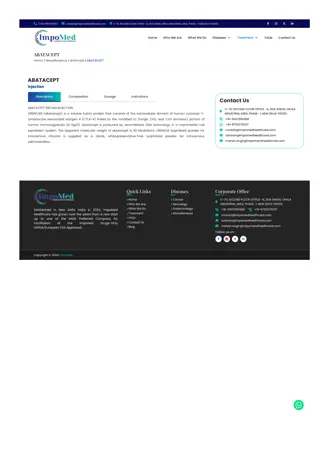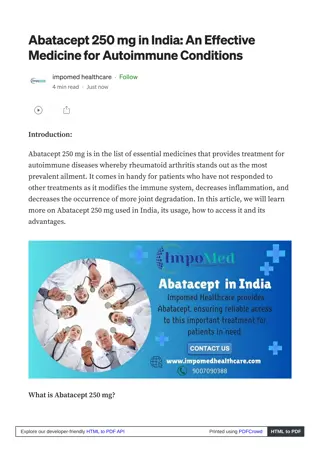
Environmental Perspective on Radioactive Waste Treatment Technologies and Life Cycle Assessment
Explore the application of Life Cycle Assessment (LCA) in the development of radioactive waste treatment technologies, including quantifying environmental burdens, identifying improvement opportunities, and considering life cycle costing. This comprehensive analysis delves into the integration of LCA and LCC in the PREDIS project for effective treatment options for various waste streams in the nuclear sector. Case studies on decontamination using innovative gels provide insights on minimizing environmental impacts in radioactive waste management.
Download Presentation

Please find below an Image/Link to download the presentation.
The content on the website is provided AS IS for your information and personal use only. It may not be sold, licensed, or shared on other websites without obtaining consent from the author. If you encounter any issues during the download, it is possible that the publisher has removed the file from their server.
You are allowed to download the files provided on this website for personal or commercial use, subject to the condition that they are used lawfully. All files are the property of their respective owners.
The content on the website is provided AS IS for your information and personal use only. It may not be sold, licensed, or shared on other websites without obtaining consent from the author.
E N D
Presentation Transcript
APPLYING A LIFE CYCLE ENVIRONMENTAL PERSPECTIVE TO THE DEVELOPMENT OF RADIOACTIVE WASTE TREATMENT TECHNOLOGIES J. Kirk, R. Clayton, A. Banford, L. Stamford E: Laurence.stamford@manchester.ac.uk
What is Life Cycle Assessment (LCA) ? Quantification of environmental burdens Translating burdens into potential impacts Identification of opportunities for environmental improvements 'hot spots' ISO 14040/44 Figure 1: The four phases of life cycle assessment as defined in ISO 14044
LCA and Life Cycle Costing (LCC) in PREDIS Capital cost (production of materials/components) LCC is less standardised but a general method exists (from the Society of Environmental Toxicology and Chemistry, SETAC) PREDIS incorporates LCA and LCC into the development of treatment options for metallic wastes, liquid organics and solid organics, as well as waste store monitoring technology. All LCC aligns with the LCA models with each flow having a cost attached Protocol for the use of LCA/LCC: https://predis-h2020.eu/wp-content/uploads/2021/09/PREDIS_MS14_T2.5-LCA- protocol-guidance_31.8.2021.pdf Fixed operating costs Transport costs Variable operating costs Waste management costs End-of-Life costs Figure 3: LCC methodology
LCA/LCC in Nuclear Sector Literature review 2021-2022: established the very small pool of radioactive waste treatment LCA, few papers considering decommissioning or back end nuclear fuel cycle Over 120 papers screened Nuclear Treatment Technologies/Methods Minimal Crossover Nuclear LCA Studies
Case Study - Decontamination using Gel 100% Application of a self-drying cracking gel (SDC gel) which incorporates surface contamination Collaboration on inventory data with CEA FU is the treatment of 10 m2 of planar stainless steel surface System boundary: production of reagents and equipment removal of the treatment gel 90% 80% 70% Removal [Vacuum Production] 60% Energy Use [Equipment] 50% Application [Sprayer Production] 40% Treatment [Gel Production] 30% 20% 10% 0% Figure 4: Impacts of treating 10 m2 of planar stainless steel surface using SDC gel
Case Study - Decontamination using Gel Once treated the stainless steel can be recycled/free-released The carbon footprint of decontaminated stainless steel is 99.8% lower than that of virgin stainless steel, even before savings in disposal space are accounted for: (Note that this assumes only surface decontamination was present, with no subsurface contamination/activation.) Figure 5: SDC gel treatment compared to stainless steel production
Case Study - Geopolymer Encapsulation Tuff geopolymer encapsulation of radioactive solid organic waste (RSOW) Collaboration on inventory data with Politecnico di Milano FU: the pre-disposal processing of 1 kg of intermediate level RSOW surrogate System Boundaries: receipt of waste at the treatment facility to the handoff of a conditioned waste drum to a final repository Varying waste loading scenarios based on R&D compared to OPC encapsulation Cement (20% Waste Loading) 3.34 Geopolymer (20% Waste Loading) 1.23 Geopolymer (30% Waste Loading) 0.814 Geopolymer (40% Waste Loading) 0.613 0 0.5 1 1.5 2 2.5 3 3.5 4 Climate change potential (kg CO eq.) Figure 6: Climate Change potential of tuff geopolymer encapsulation
Conclusions LCA and LCC can be useful tools to identify the most effective and efficient routes for waste treatment R&D. Currently they are underutilised. Gel decontamination of planar steel surfaces appears highly beneficial from an environmental perspective. Impacts are dominated by the gel and vacuum cleaner alternative oxidants and minimisation/reuse of vacuum cleaners are the best strategy Geopolymer encapsulation can outperform cementation by >60%. Costs and optimisation of waste loadings are key focal points joel.kirk@postgrad.manchester.ac.uk rachael.clayton@postgrad.manchester.ac.uk laurence.stamford@manchester.ac.uk anthony.w.banford@uknnl.com






